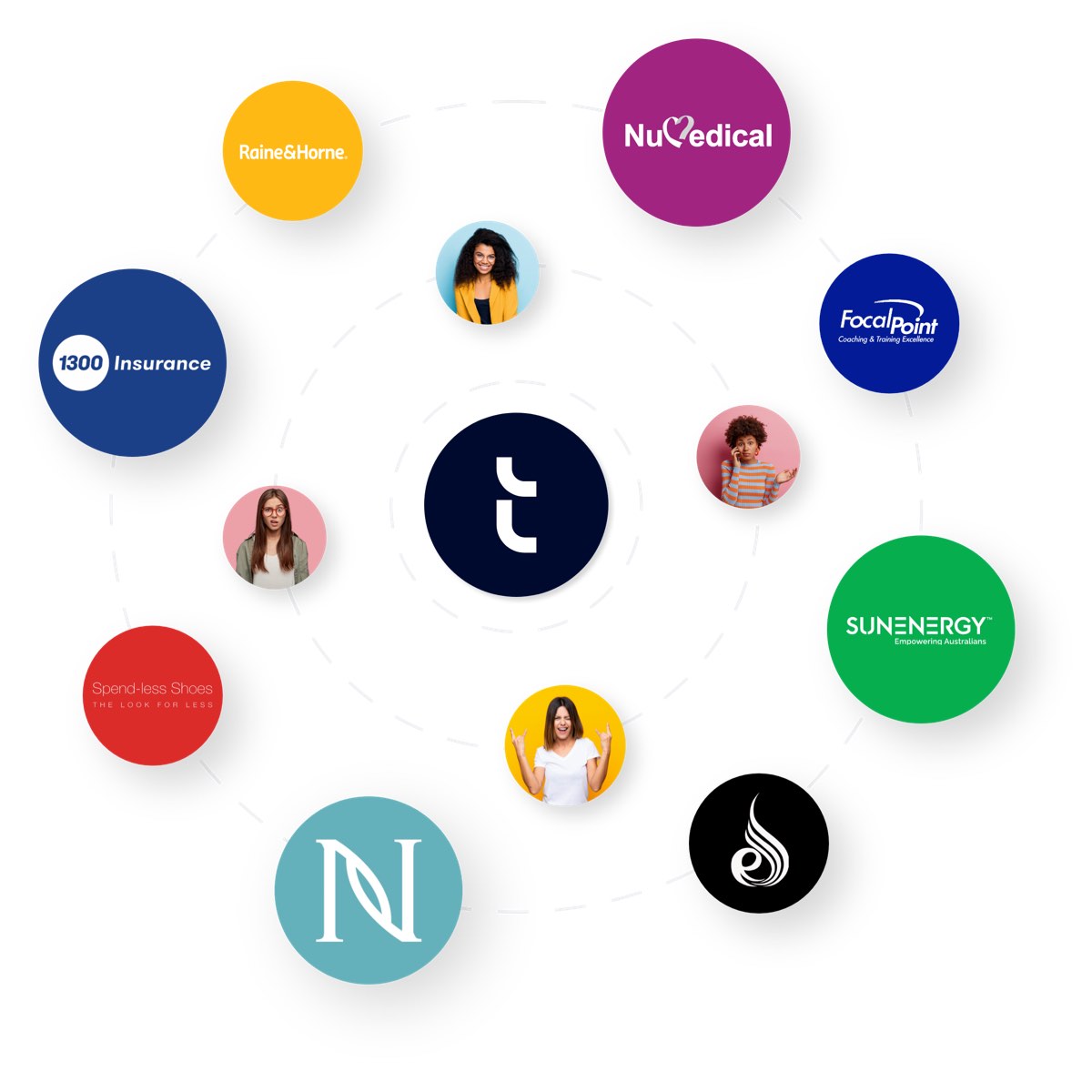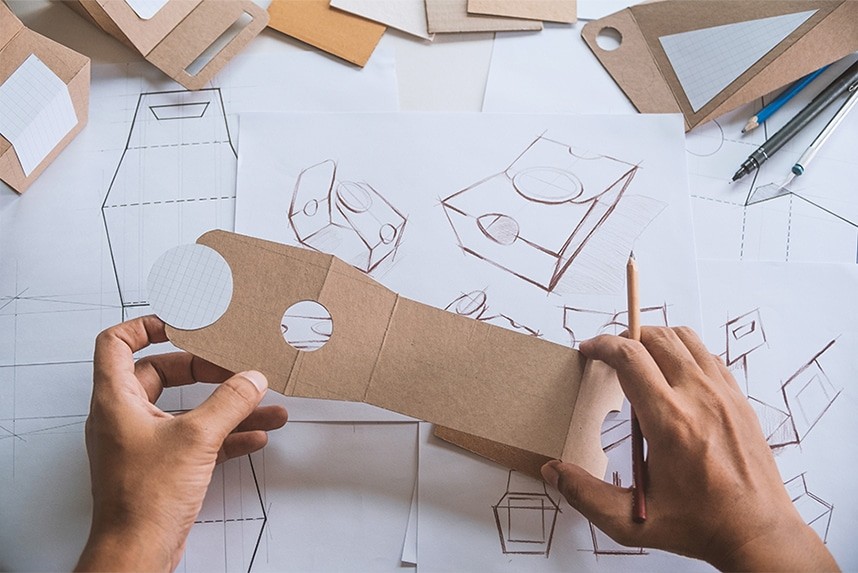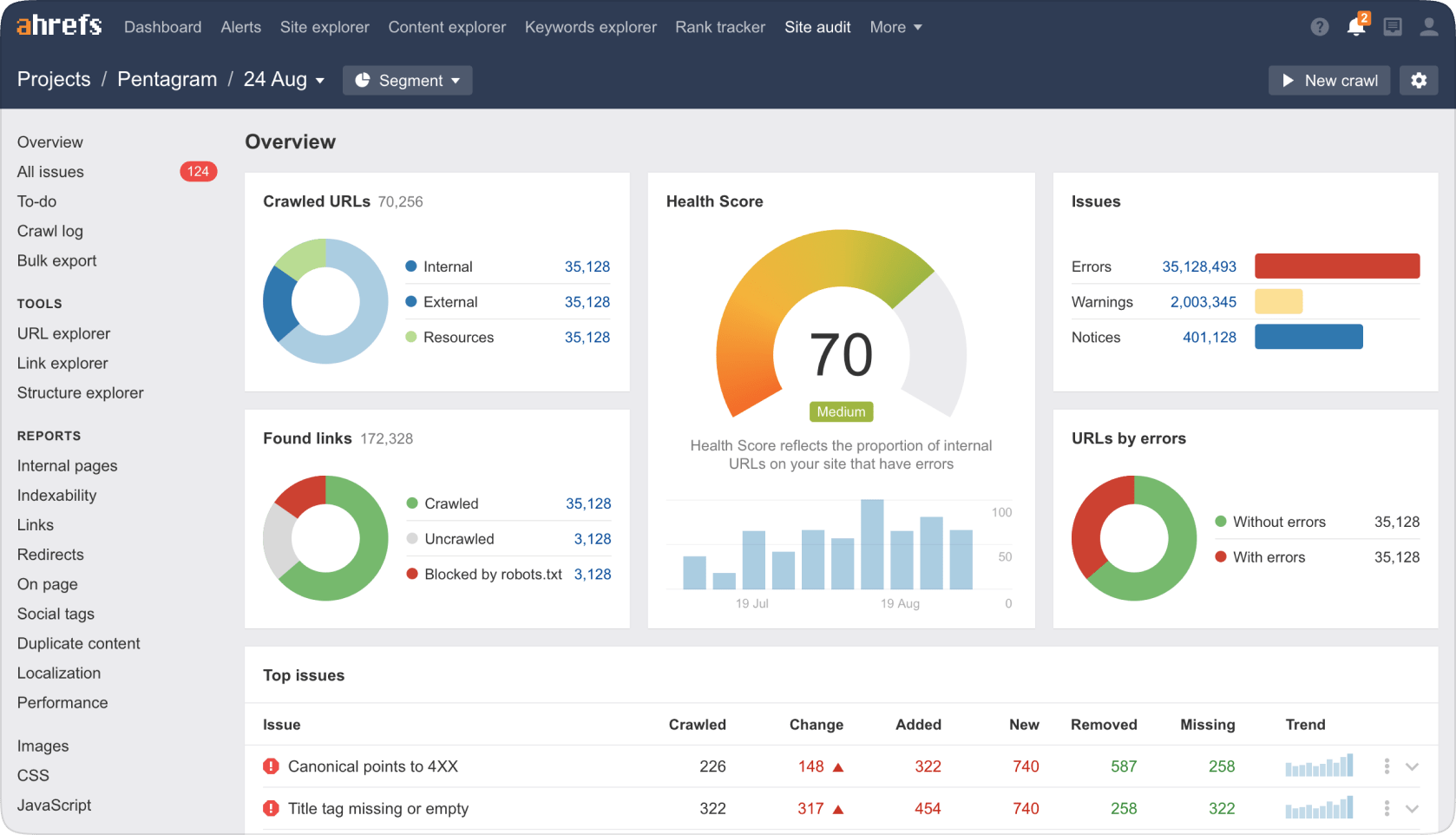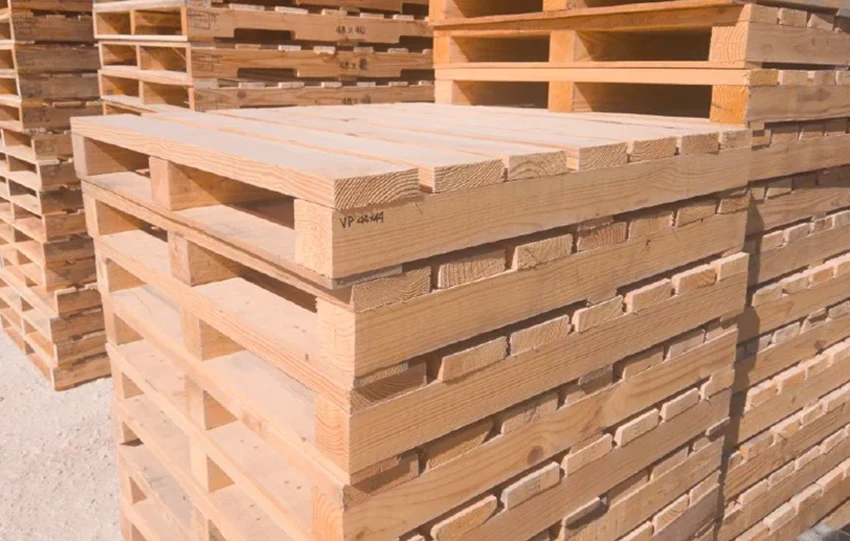SEO Secrets Unleashed: How Expert Services Can Transform Your Business

Search Engine Optimization (SEO) is a critical component of any successful online business. While many business owners understand the importance of SEO, not all of them have the expertise or time to implement effective strategies. This is where SEO experts come in. By enlisting the help of professionals who specialize in SEO, you can unleash the secrets of optimizing your online presence and take your business to new heights.
The Benefits of SEO Expert Services
Increased Website Traffic
- SEO experts can help improve your website's visibility on search engines, leading to more organic traffic.
- By targeting relevant keywords and optimizing your content, you can attract more qualified leads to your site.
- Increased website traffic can result in higher conversion rates and ultimately more sales for your business.
Improved Search Engine Rankings
- SEO experts have the knowledge and tools to help your website rank higher on search engine results pages.
- By optimizing your website's on-page and off-page elements, you can improve your search engine rankings and drive more traffic to your site.
- Higher search engine rankings can establish your business as an authority in your industry and help you stand out from the competition.
Advanced SEO Strategies
Keyword Research
- SEO experts conduct thorough keyword research to identify the most relevant and high-performing keywords for your business.
- By targeting the right keywords, you can attract more qualified leads to your website and improve your chances of ranking higher on search engines.
- Keyword research is an essential component of any successful SEO strategy and can greatly impact your online visibility.
Content Optimization
- SEO experts optimize your website's content to improve its relevance and visibility to search engines.
- By incorporating target keywords strategically throughout your content, you can improve your website's search engine rankings.
- Content optimization also involves improving the user experience on your website, which can lead to higher engagement and conversions.
Link Building
- SEO experts help you build high-quality backlinks to your website from reputable sources.
- Backlinks are a key ranking factor for search engines and can help improve your website's authority and credibility.
- By implementing a strategic link building strategy, you can enhance your website's visibility and attract more organic traffic.
Measurable Results
Analytics and Reporting
- SEO experts provide detailed analytics and reporting to track the performance of your SEO campaigns.
- By monitoring key metrics such as website traffic, keyword rankings, and conversions, you can measure the success of your SEO efforts.
- Analytics and reporting help you identify areas for improvement and make data-driven decisions to optimize your SEO strategy.
ROI Tracking
- SEO experts help you track the return on investment (ROI) of your SEO campaigns.
- By analyzing the impact of SEO on your website traffic, leads, and sales, you can determine the effectiveness of your SEO efforts.
- ROI tracking allows you to allocate resources more efficiently and maximize the results of your SEO strategy.
Conclusion
SEO expert services can transform your business by improving your website's visibility, driving more traffic, and increasing your search engine rankings. By leveraging advanced SEO strategies and measuring the results, you can optimize your online presence and achieve long-term success. If you want to unlock the secrets of SEO and take your business to the next level, partnering with SEO experts is the way to go.







